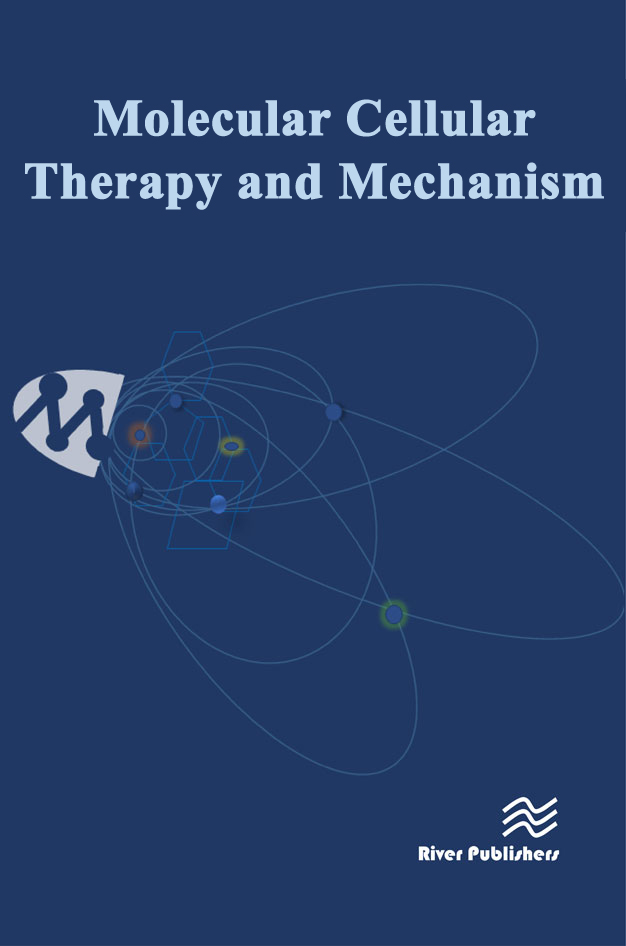Polymeric nanocarriers for the treatment of systemic iron overload
DOI:
https://doi.org/10.13052/s40591-015-0039-1Keywords:
Iron overload, Iron chelation therapy, Iron chelators, Desferrioxamine, Deferiprone, Desferasirox, Nanomaterials, Polymeric chelatorsAbstract
Desferrioxamine (DFO), deferiprone (L1) and desferasirox (ICL-670) are clinically approved iron chelators used to
treat secondary iron overload. Although iron chelators have been utilized since the 1960s and there has been much
improvement in available therapy, there is still the need for new drug candidates due to limited long-term efficacy
and drug toxicity. Moreover, all currently approved iron chelators are of low molecular weight (MW) (<600 Da) and
the objectives reported for the “ideal” chelator of low MW, including possessing the ability to promote iron excretion
without causing toxic side effects, has proven difficult to realize in practice. With prolonged iron chelator use, patients
may develop toxicities or become insensitive. In contrast, the limited research that has been geared towards developing
higher MW, polymeric, long circulating iron chelators has shown promise. The inherent potential of polymeric iron
chelators toward longer plasma half-lives and reduction in toxicity provides optimism and may be a significant addition
to the currently available low MW iron chelators. This article reviews knowledge pertaining to this theme, highlights
some unique advantages that these nanomedicines have in treating systemic iron overload as well as their potential
utility in the treatment of other disease states


